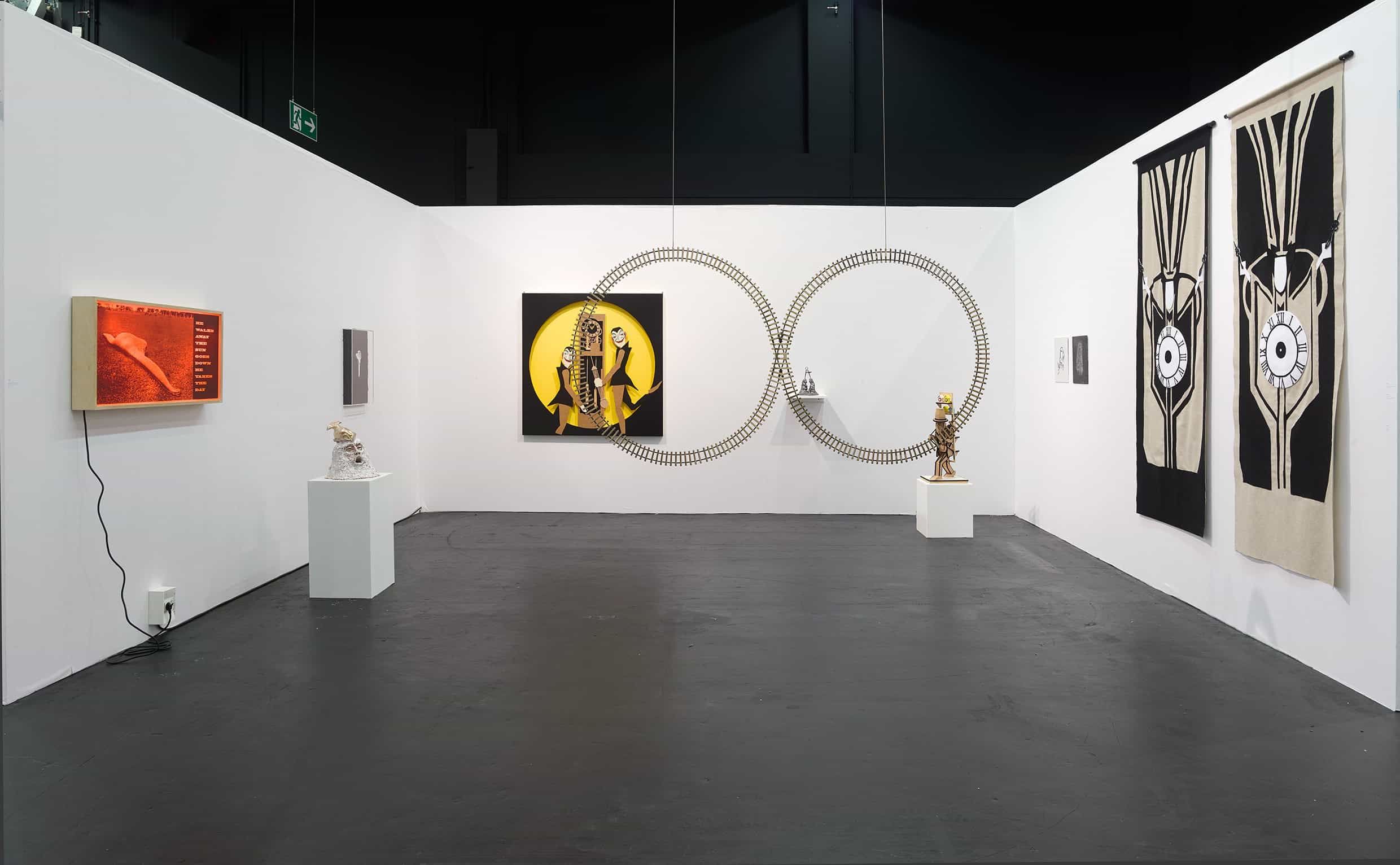Archives are a curious concept. The process of putting things together, dividing them up into smaller categories and organizing them according to a distinct pattern ends up being far more intriguing than one would normally expect. A government holds neatly organized records of its’ citizens information, a bank uses databases of client accounts, a single woman/man keeps his/her past lover’s numbers in a little black book, while the Intern


TEST TEST |
Enter text here |
et enlists the world’s available knowledge just with a single search engine. The Archive (with a bold capital A) is a force, distilled with bold power that comes with organization. It becomes quite evident that the perspective and manner through which we decide to compose The Archive is exactly what puts us in the privileged spot of controlling it, and at the same time proves the kind of significance it carries. No wonder that the biggest anarchists of the 19th century targeted state archives, as a means of breaking down the system.
Yet one has to wonder, what has an Archive really to do with Art, and by extend with an art gallery. Organizational power aside, how could we really cope with the connections between a well put together list of information and whatever we came accustomed to define and understand as Art?
It all begins with History. Exhibitions may come and go, but the gallery remains. From intuitive space specific Installations and politically motivated painting, to playful sculptural works carrying memories from our childhood and captivating video art narrations, each work goes on to find its rightful place at a new home. At the same time they become integral part of a list, they are documented in an excel file, they get their specific picture record on a Filemaker database and they find themselves surrounded by other exhibitions under the “previous” button in a gallery website.
And then the power factor comes in the equation. Yet what makes this archive vastly different from any other kind of Archive is the nature of the source material as well as the perspective of its composition. The works are to a gallery something deeply personal and vital. They are not like what a client’s account balance is to a bank, nor a last year hookup to a jolly bachelor. They are the vital components of its’ own history, the present that goes on to become a past, and a past that transcends into the territories of a long lost memory. For those 3 to 4 months of the duration of a current show, they become the occupants of its plain white walls and void spaces, they breathe fresh air and play with its visitors thoughts and feelings. They cannot be restraint into simplistic informational patterns completing a coldhearted powerful Archive (with a bold capital A), but illustrate a soulful dialogue with the gallery and put together a personal archive (with a small plain a).



